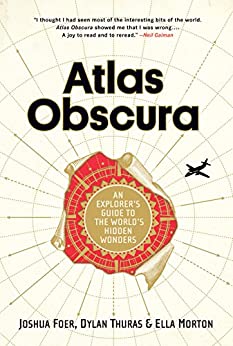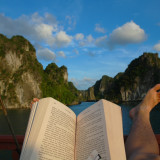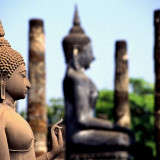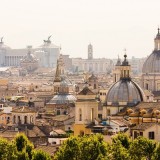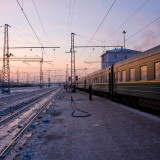Trains over Planes: Rediscover the Art of Travel
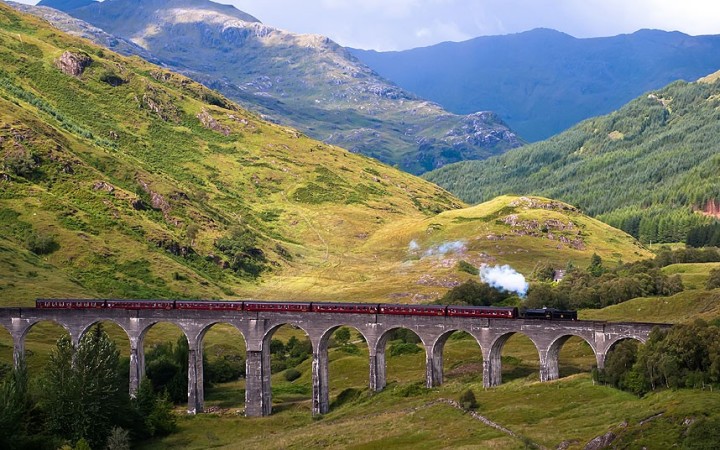
The famous Glenfinnan Viaduct is part of the West Highland Railway Line in Scotland. Look familiar? Harry Potter’s yearly trip to Hogwarts was filmed as the “Hogwarts Express” crossed the Glenfinnan Viaduct. Credit: Anthony Lambert.
In 2012 I had the opportunity to take the Venice Simplon Orient Express Train from Venice, Italy to London, England. We spent two days and one night aboard the historical train as it trudged through Northeastern Italy, Austria, Liechtenstein, Switzerland, and France.
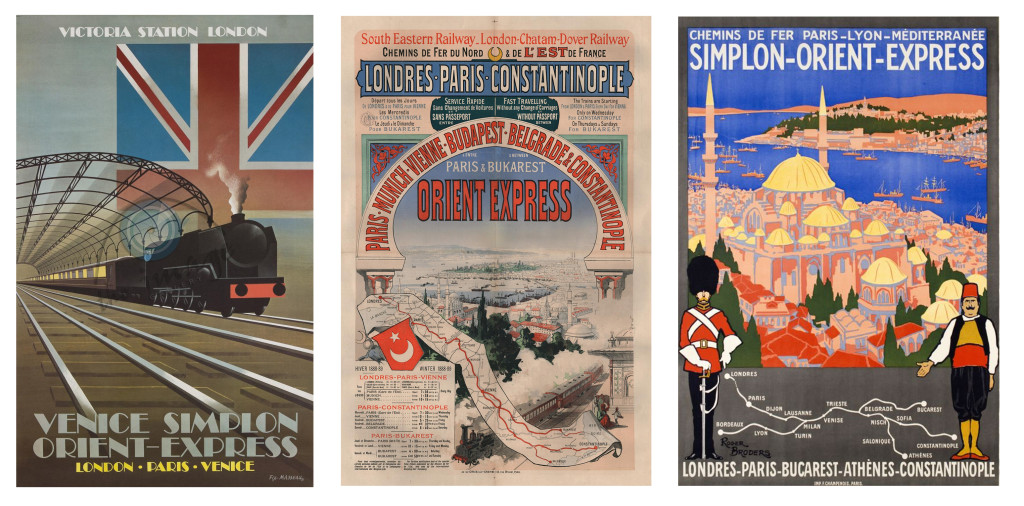
Historical posters advertising the Orient Express, which has connected Europe and Asia by rail since 1883. The Orient Express has been the setting for many novels and movies throughout its history, including Agatha Christie’s “Murder on the Orient Express”.
Despite the great distance we traversed, the journey seemed to fly by as I watched the rugged ridges of the Italian Alps transition into the snow-covered peaks of Austria, Liechtenstein, and Switzerland, and finally into the smooth plains of Northern France.
Travel for the journey, not only the destination
Opting for the slow, scenic route provides an opportunity to see more. Train travel introduces a kaleidoscope of new perspectives just waiting to be discovered.
Hopping from one airport to another can give travellers the impression that they move from destination to destination with nothing but sky in between. When flying, the transition between diverse landscapes is often missed. Travel seems black and white, with no mediating shades in between.
But travelling by train resembles a spectrum: a rainbow of colours transitioning into each other. When witnessing a landscape slowly fade into something completely different, there is a true sensation of journeying from one destination to another.
Distance and time seem to expand as you roll steadily along an uninterrupted railway, watching the countryside and an occasional town or city pass before you.

The Tranzalpine Railway travels between Christchurch, Arthur’s Pass, and Greymouth in New Zealand. The route brings passengers across winding rivers and through the incredible valleys of the Southern Alps. Credit: Trailfinders.
Trains over Planes
A journey by train or ship, over long distances, gave me back my sense of the vastness of the world. Even more, it made me rediscover humankind, humankind of the masses, the one of which, by way of flying, I had almost forgotten the existence. — Tiziano Terzani.
Tiziano Terzani was an Italian journalist and writer who spent most of his career living and travelling across Asia. As a skilled raconteur, Terzani shared his enticing stories as an Asian correspondent for Der Spiegel, in addition to his many non-fiction books.
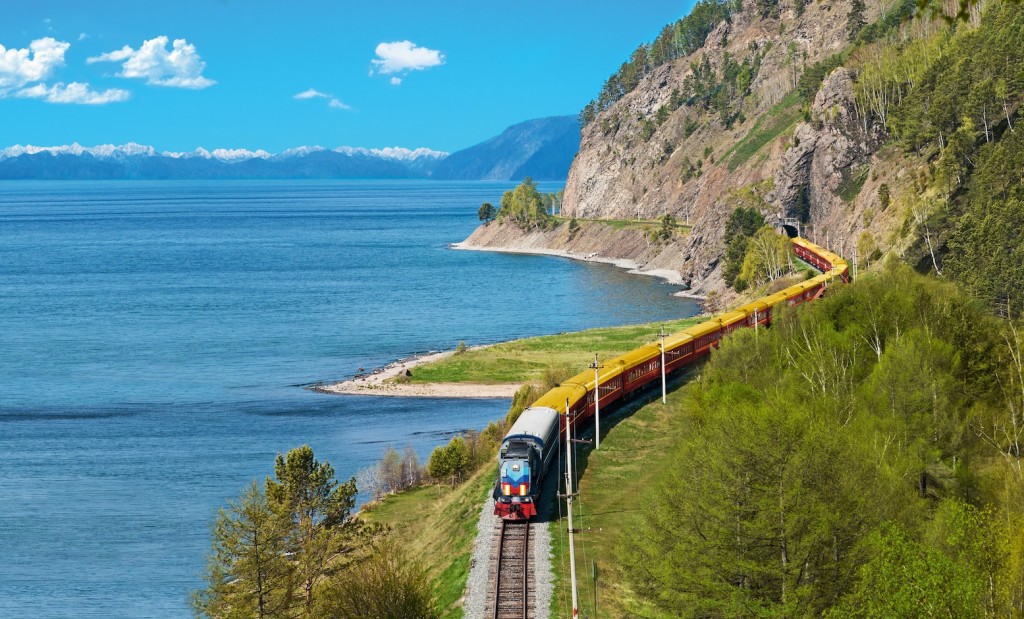
The Trans-Siberian Railway connects Moscow to Beijing via Mongolia. As one of the largest rail networks in the world, the Trans-Siberian Railway offers a stunning alternative to flying for those travelling between Europe and Asia. Credit: Trans-Siberian Journeys
In 1976, an old fortuneteller in Hong Kong warned Terzani that there was a grave risk he could die in 1993. The fortuneteller told him: “You must not fly that year. Do not fly. Not even once”. Sixteen years later, Terzani had not forgotten what he’d been told. Despite his jet-setting lifestyle as an international journalist, he accepted the prophecy. Terzani remained earthbound for all of 1993. Over the course of the year, he travelled 20,000 kilometres across 11 countries by train, including Cambodia, Vietnam, China, Mongolia, and Siberia.
His decision was the right one. In March 1993, a U.N. helicopter – one Terzani should have boarded – crashed in Cambodia. By staying earthbound, Terzani lived to tell of an extraordinary journey in the ever-changing Asian continent.
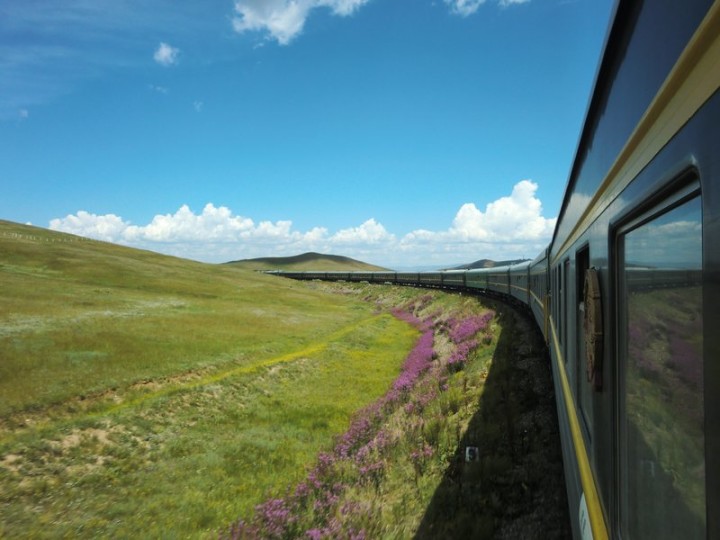
The countryside of China and Mongolia flashes by aboard the Trans-Siberian Railway. When travelling by train, national borders give way to natural borders such as mountains, rivers, and lakes. Credit: Cate Benn
Rediscover the Art of Travel
In choosing trains over planes, Terzani rediscovered the art of travel. He found a mass of humanity he’d missed while jumping from one airport to another. Humankind as it should be; people with histories, stories, and cultures.
Trains and train stations are reflections of a city and its people: the colours, the aromas, the hum of a local language, and the blurred faces of a rushing crowd in everyday life. To Terzani, train travel opens one’s eyes to a series of intricate chains of chance leading to incredible discoveries and encounters, experiences that may never be found in a brightly lit, minimalist, and isolated airport.
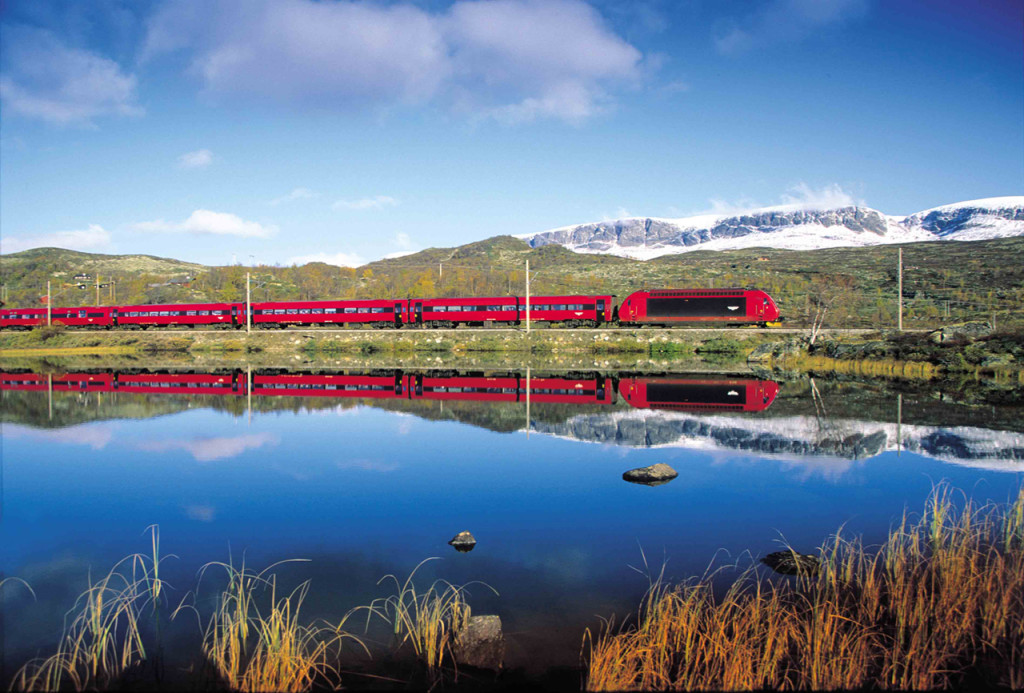
The Bergensbanen (or Bergen Line) travels between Olso and Bergen in Norway. The Bergensbanen is the highest mainline railway line in Northern Europe, crossing the Hardangervidda plateau at 1,237 metres. Credit: EURail.
Next time, take the train
Travelling by train truly is kaleidoscopic; a constantly changing reflection of colourful, multi-faceted, and mesmerizing images displayed before your eyes. It takes patience, time, and a little bit of courage, but you will certainly be rewarded the next time you choose a train over a plane on your travel adventure.
In need of inspiration? Check out the National Geographic’s “Top 10 Train Trips in the World” for ideas.
Read more of Terzani’s travels in “A Fortune Teller Told Me: Earth Bound Travels in the Far East”.

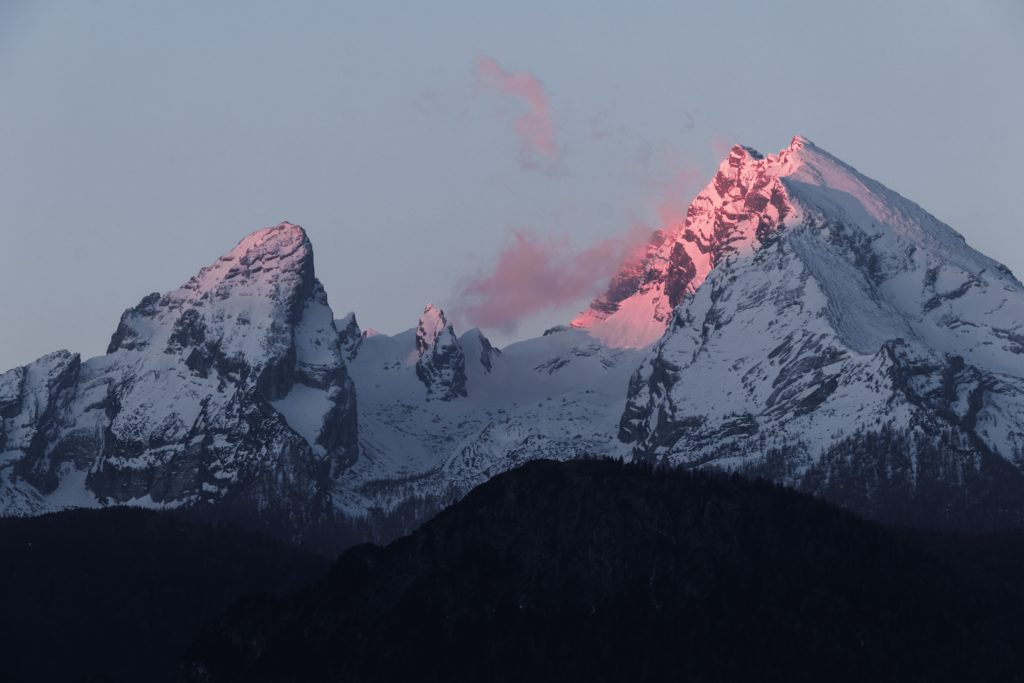

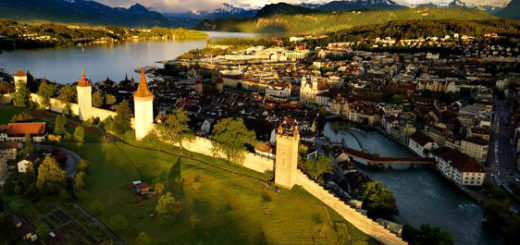


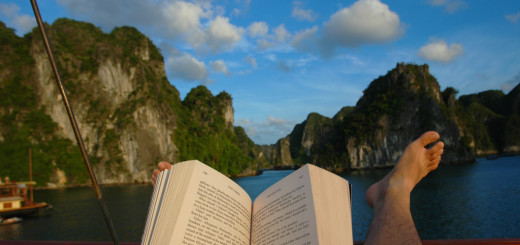
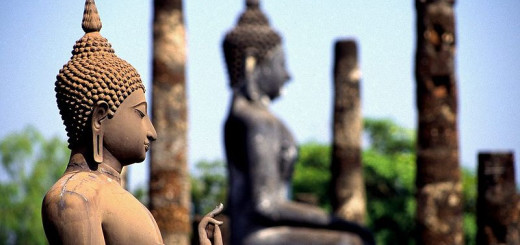

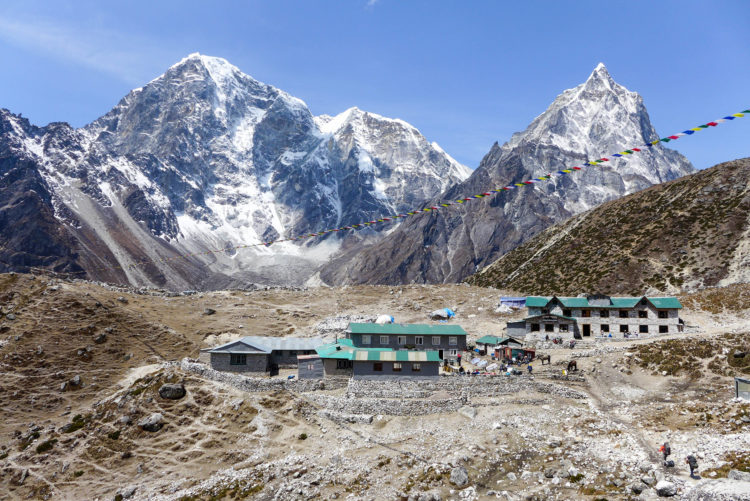 Almost all the tea houses in
Almost all the tea houses in 
